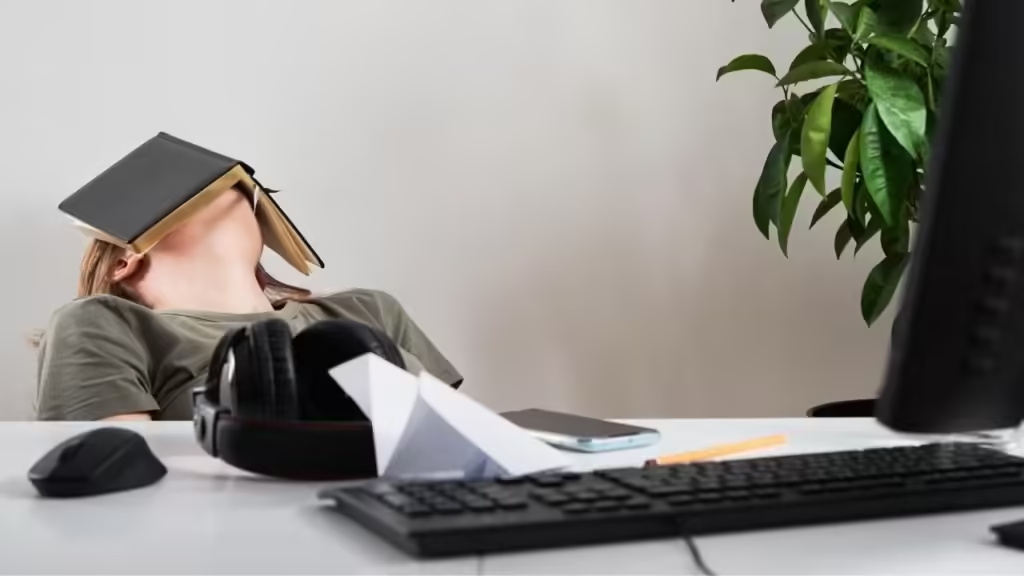What is Stresslaxing?
Are you finding it hard to unwind? Do your attempts to relax leave you feeling more anxious? You might be experiencing a phenomenon known as “stresslaxing.” This paradoxical state is becoming increasingly common in our fast-paced world. Let’s dive into what stresslaxing is, why it happens, and how to overcome it.
What is Stresslaxing?
Stresslaxing, a portmanteau of “stress” and “relaxing,” occurs when attempts to relax actually increase stress and anxiety levels. Dr. Samantha Carter, a clinical psychologist specializing in stress management, explains:
“Stresslaxing is a counterintuitive reaction where the body and mind resist relaxation, often due to underlying anxiety or an inability to slow down. It’s as if the act of trying to relax becomes another task on an already overwhelming to-do list.”
How Does Stresslaxing Happen?
Several factors contribute to the stresslaxing phenomenon:
- Guilt: Feeling that relaxation is unproductive or wasteful.
- Hypervigilance: Constant alertness that makes it difficult to let go.
- Perfectionism: Pressure to relax “perfectly.”
- Digital overload: Constant connectivity preventing true downtime.
Dr. Michael Lee, a neuroscientist studying stress responses, notes:
“Our brains can become accustomed to high stress levels, making the transition to a relaxed state feel unfamiliar and even threatening. This triggers a stress response, creating a vicious cycle.”
How To Overcome Stresslaxing?
Overcoming stresslaxing requires a multi-faceted approach:
- Mindfulness Practice: Start with short sessions to build tolerance for quiet moments.
- Gradual Exposure: Slowly increase relaxation time to acclimate your mind and body.
- Cognitive Restructuring: Challenge beliefs about the need for constant productivity.
- Physical Activity: Regular exercise can help release tension and promote relaxation.
- Digital Detox: Set boundaries on technology use to create genuine downtime.
Psychotherapist Dr. Emily Wong advises:
“It’s crucial to reframe relaxation not as a luxury, but as an essential part of maintaining overall health and productivity. Start small and be patient with yourself.”

Unknown Facts and Case Studies
- Evolutionary Link: Some researchers theorize that stresslaxing may be linked to our evolutionary past, where constant vigilance was necessary for survival.
- Cultural Variations: A 2022 study published in the Journal of Cross-Cultural Psychology found that stresslaxing rates vary significantly across cultures, with higher incidences in countries with strong “hustle cultures.”
- The Relaxation Paradox: In a case study published by the American Psychological Association, a high-achieving executive named Sarah experienced panic attacks when trying to meditate. Through therapy, she discovered that relaxation triggered fears of losing her edge at work. Gradual exposure to relaxation techniques, combined with cognitive-behavioral therapy, helped her overcome this paradox.
- Stresslaxing and Sleep: A 2023 study in the journal Sleep Medicine revealed that 68% of people who report difficulty falling asleep also experience symptoms of stresslaxing when trying to relax before bedtime.
Dr. Rachel Green, a sleep specialist, comments:
“The pressure to fall asleep quickly can ironically keep us awake. Accepting that relaxation and sleep take time can actually speed up the process.”
Stresslaxing is a complex issue that reflects the challenges of modern life. By understanding its causes and implementing targeted strategies, it’s possible to break the cycle and rediscover the true benefits of relaxation. Remember, learning to relax effectively is a skill that requires practice and patience. With time and the right approach, you can transform relaxation from a source of stress into a powerful tool for well-being.
Share This Story
latest for you
Now loading...
news via inbox
Always stay updated with latest trends. Leave your email here!
In case you missed!
Recommended For You
Now loading...












